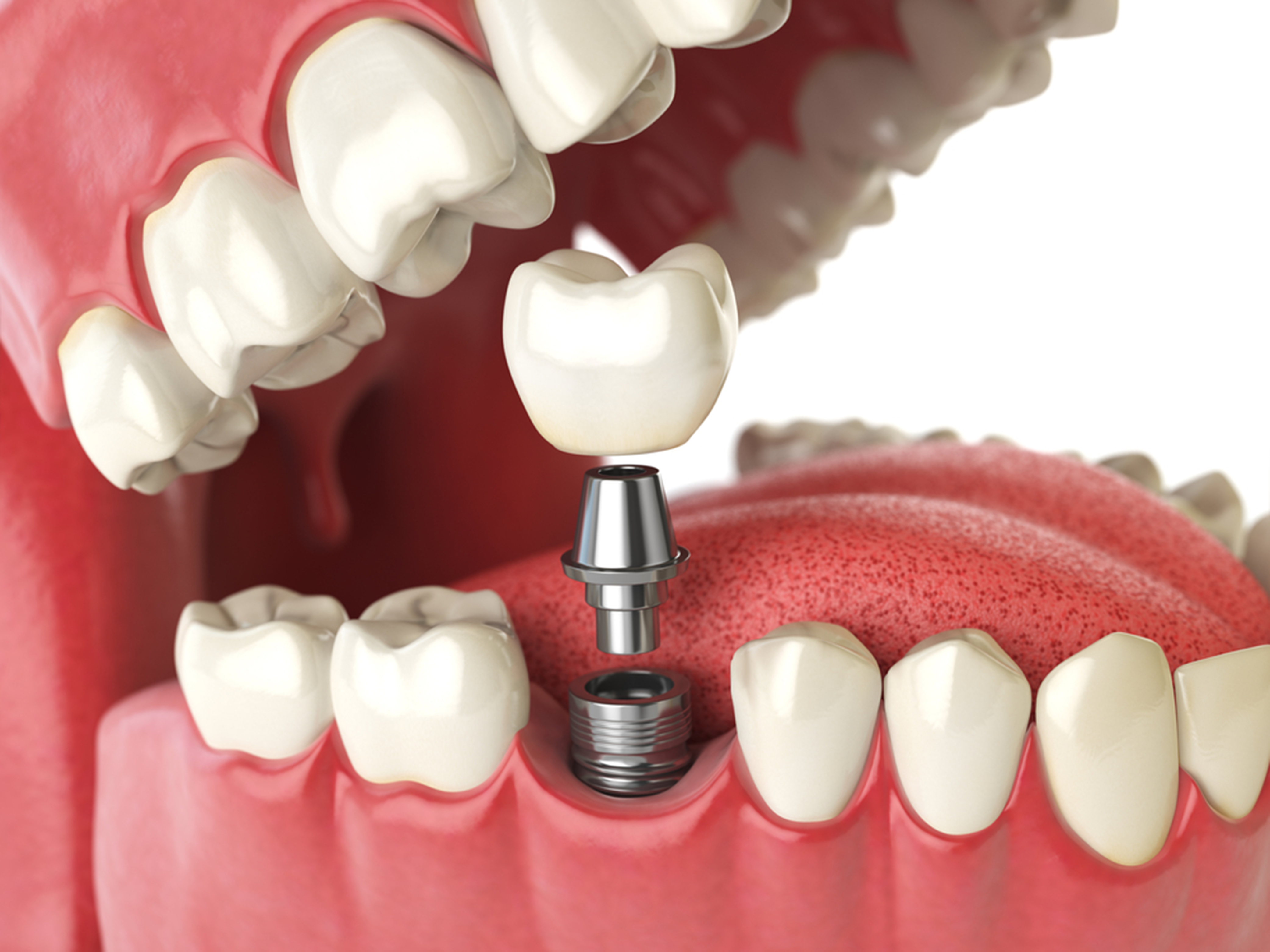Dental implants have come a long way, like many parts of modern dental practice and treatment. Thanks to constant advances in materials and techniques, modern dental implants have a 95% success rate in replacing one or more missing teeth. Patients who have received dental implants near you experience restored dental function, renewed confidence, and improved dental and overall health. Just how far? Here’s an outline of the history of dental implants throughout history.
Four thousand years ago
While dental implants have grown in popularity in recent years, they’re hardly a new approach to replacing missing teeth. Researchers have discovered evidence that, over four millennia ago, people in China inserted bamboo plugs into gaps left behind by missing teeth to act as tooth roots.
Two thousand years ago
Research into remains left behind in Egypt 2,000 years ago found different variations of dental implants. Rather than using bamboo plugs like those used in China 4,000 years ago, people in Egypt built replacement tooth roots using precious metals.
Fast forward to 600 AD
By 600 AD, Mayan peoples could store dental function — rather than just aesthetic improvement — using dental implants and replacement teeth made from jade, stones, and seashells covered with new bone growth.
If you’re looking for dental implants near you, you may be relieved to hear that advancements and innovation did not cease in 600 AD. Rather, the twentieth century has brought significant leaps forward, enabling today’s dental implants to effectively solve tooth loss for millions of people.
1913
The first of what we call modern dental implants was constructed from an alloy of platinum and iridium in 1913. It was called The Greenfield Basket and showed some potential to bond to the bone.
1952
In the early 1950s, dental implants took a further leap forward thanks to research on rabbits at Lund University by Swedish surgeon Per-Ingvar Branemark. Branemark was studying blood flow in rabbit bones using a titanium implant chamber. When the time came to remove the chamber, Branemark discovered that it had completely fused with or integrated into the rabbit’s bone. Branemark described the process as osseointegration. Osseointegration — the ability of titanium to integrate completely with human bone tissue — would become the central component of today’s titanium dental implants.
What’s next?
Successful and popular as today’s titanium dental implants are, researchers continue to look forward to the next challenges facing and innovations that could benefit patients.
One challenge is the relative rarity of titanium on Earth. Because our supply of titanium is finite and relatively small, research is ongoing into alternative elements that trigger the same process of osseointegration.
Ongoing research into biological processes — including at the molecular level — has produced a greater understanding of how cells grow and relate to each other. That increased knowledge may lead to new techniques for encouraging implant-to-bone fusion faster and more securely.
Will these investigations, discoveries, and innovations ever lead to the day you can prepare your own insert at home rather than attending our dental clinic in Waterloo at least twice for surgery and other procedures? It seems we’re far from that, but we’ve also come a long way from bamboo plugs and seashells. So, who knows?
Consumers can expect that, as implant procedures become more common and innovations continue to make them more efficient and accessible, their total cost may come down. After all, remember what one used to have to pay for a VCR? (Having said that, can you even buy a VCR anymore?)
If you’re living with tooth loss and looking for solutions, you can claim the benefit of this history of innovation and discovery. Contact our dental clinic near you and ask if implants may be right for you.

